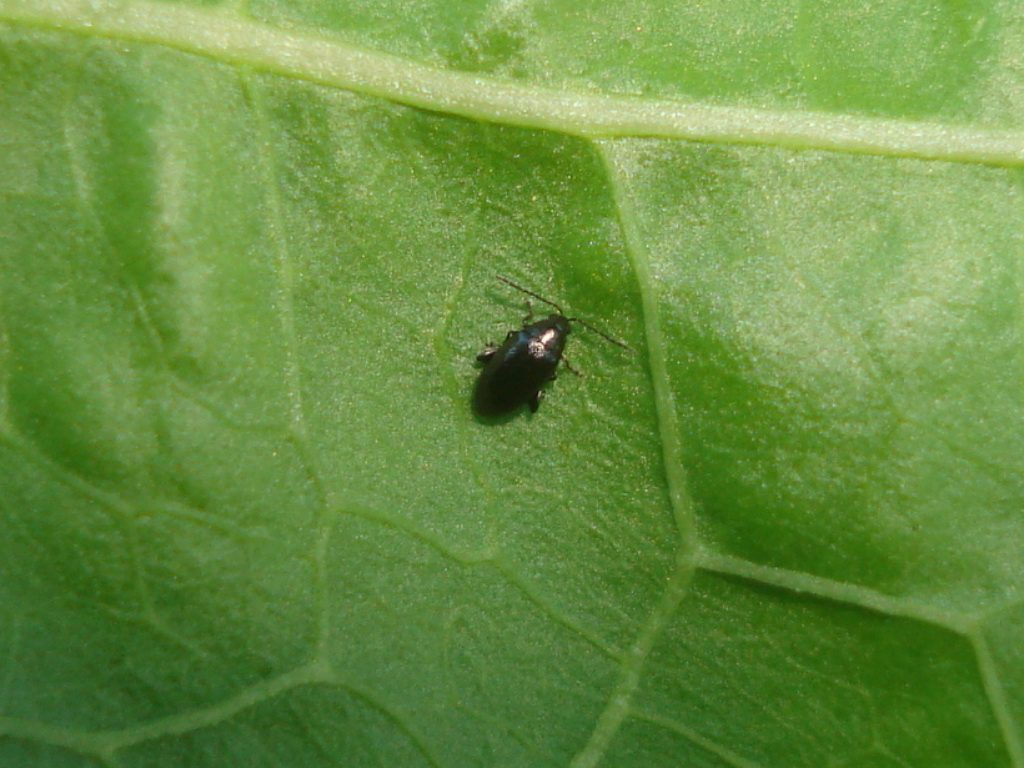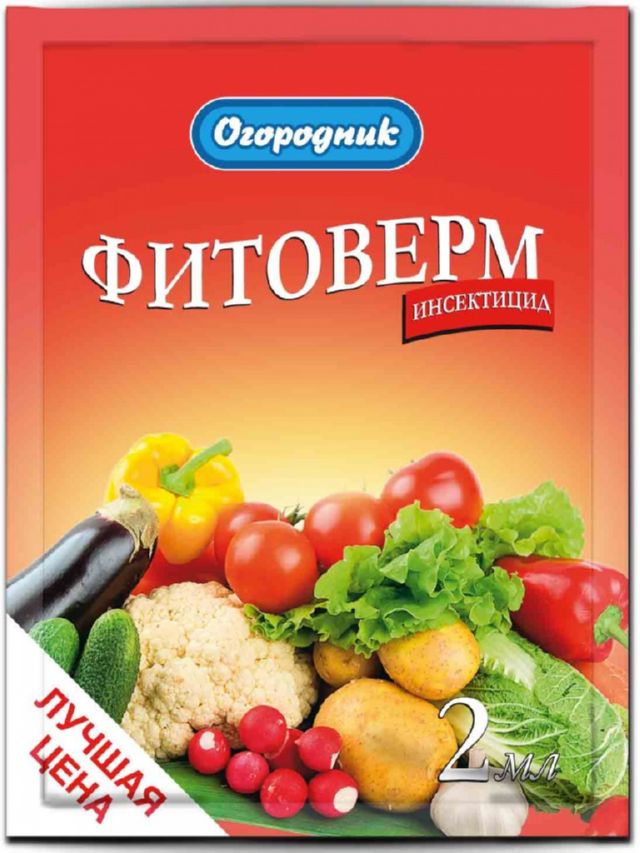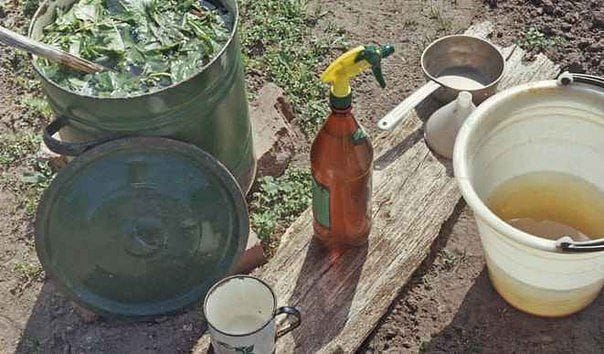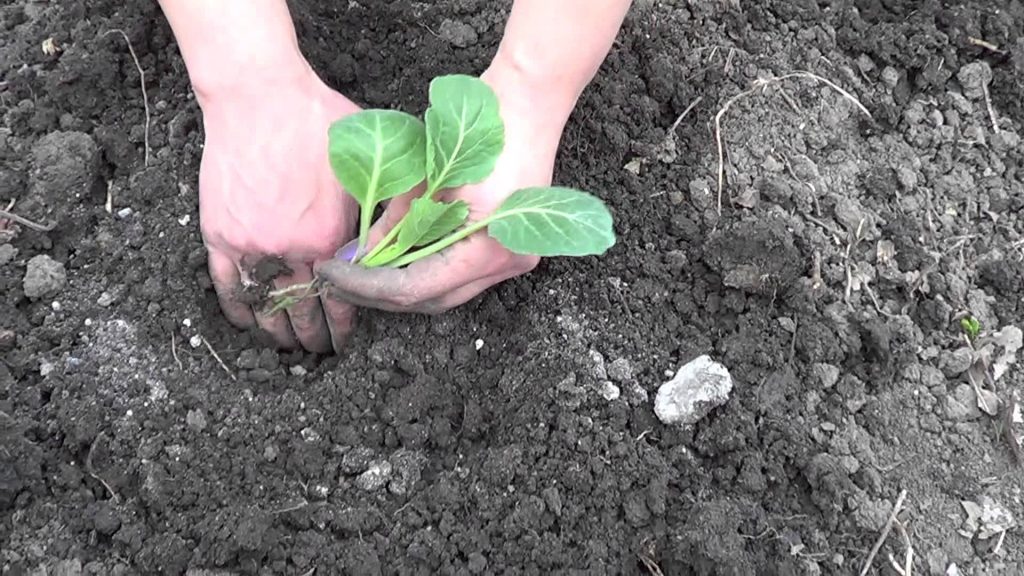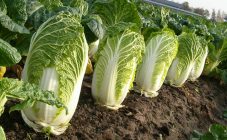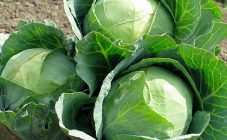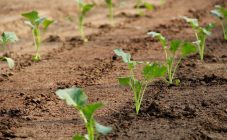Content:
One of the most common pests of cabbage is the cruciferous flea. Its danger is that, hitting the culture, it can completely devour the crop. It is important for gardeners to have information about this insect, as well as to know about effective methods of control and how to treat cabbage from fleas. As practice shows, if you fight the flea correctly, you can save the cabbage.
Culture information
White cabbage is a favorite vegetable garden culture of people from different countries. The high-yielding vegetable is very healthy. It contains vitamins A, C, P, K, group B, potassium, calcium, phosphorus, etc. Even a few months after harvesting, all useful substances are preserved in the vegetable. Many say that white cabbage is a natural vitamin complex. Heads of cabbage make delicious dishes, homemade preparations.
The culture is grown most often in seedlings. Small bushes grow at home for 40-60 days. After the seedlings are transplanted to the beds under the open sky. Plant care is simple. It is spud up several times per season. Thus, oxygen gets to the roots, as a result, they become more resistant to diseases and grow faster.
Cabbage loves fertile soil and feeding. During the growing season, heads of cabbage must be fed 3 times. After transferring the seedlings to a permanent place, it is flavored with superphosphate, potassium chloride, ammonium nitrate. At the beginning of the formation of heads of cabbage, one more feeding is carried out. The substances are taken the same. The third feeding is done in the middle of the season. Fertilizers are used, which include potassium. Watering of cabbage beds is organized once every 2-4 days. There should be enough moisture, but you cannot fill the soil.
Popular varieties
- Golden hectare;
- The merchant's wife;
- Glory;
- Mara.
Golden hectare
Early grade. You can cut the heads of cabbage within 100 days after the first shoots appear. One head weighs 2-3 kg. This vegetable is suitable for salads.
Merchant's wife
Medium early grade. The summer resident waits for the first heads of cabbage for about 140 days. As a result, large heads of 3 kg each ripen on the garden bed. It is a versatile variety as it makes great salads. In addition, the Merchant's wife is suitable for fermentation and long-term storage. It can lie underground for about 4-7 months.
Glory
Also belongs to the mid-early group. Heads of cabbage are cut 130 days after germination. One plant grows up to 5 kg. The disadvantage of the Slava variety is that it is stored for only about 40-60 days.
Mara
Late variety. It ripens only 5-5.5 months after planting the seeds. But there is practically no accumulation of nitrates and radionuclides in it. Each head grows 3-3.5 kg. Stored for more than 8 months.
Characteristics of the cabbage flea
The cabbage flea or cruciferous flea is actually an ordinary small bug. This insect is completely different from a real blood-sucking flea. Cruciferous fleas have a slightly elongated and convex oval body. The size ranges from 1.5 to 3.5 mm. They have 6 legs. On the hind legs - the muscles of the thighs are very well developed. As a result, they are able to jump high. In addition, pests can fly.
In addition to cabbage, fleas also eat other vegetables that represent the Cruciferous family, for example, radishes, turnips, turnips, etc. In the garden, you can see different types of pests, including:
- Black flea. It is oil-colored;
- Southern flea. The back of the pest shimmers with a metallic color with an emerald sheen;
- Notched and wavy fleas. They look alike. Each one has sun stripes in the area of the wings on the black back;
- Light-footed flea. This is the largest species. The size is about 3.5 mm. The feet are light yellow. Metallic emerald head;
- Blue flea. The color is dark sea green, that is, bluish green.
All these species differ in color, otherwise they behave the same on cabbage plantings. Pests appear in the spring, as soon as the sun begins to bake. They are looking for food. When they find cabbage, they settle on it. Fleas eat up the leaves of the culture in such a way that only leaks remain of them. Each leaf looks like a colander.
Places that have not been eaten by insects immediately begin to dry out. As a result, a young plant does not have time to set a head of cabbage. It dies. Fleas prefer young cabbage, which has delicate leaves. Pest infestations need not be feared after the heads of cabbage are formed and the cabbage leaves become tougher.
Fleas leave eggs in the soil. The worm-like larvae penetrate the roots of the plant and eat them. The peak of parasite activity occurs in early summer. They love sunny weather. They are most active from 10-11 to 13 hours and from 16 to 19 hours. It is at this time that the gardener can engage in catching bouncing bugs.
The individual is engaged in clutching eggs from the 20th of June and does this until 20-25 of July. The larvae appear 6-10 days after the laying process. After a few weeks, they develop into adults. The annoying creatures hibernate in the soil.
Control measures
Cabbage flea control measures include both mechanical, biological and chemical. There are also folk ways to get rid of the pest.
Mechanical measures
Mechanical methods are used when there are not very many fleas on the landings:
- During insect activity (from 10 to 13 hours and from 16 to 19 hours), the summer resident sets traps. You can do them yourself. Trap belt glue is applied to ordinary paper bands. The product is sold in garden stores. You can take the grease. A person comes with these traps to the plant and applies tapes to places where there are most bugs. You can also hold the traps up and lightly tap the sheet with a stick. This will cause the fleas to bounce and stick to the glue paper. The midges are afraid of such traps;
- The tapes can be attached to sticks. This creates a flag trap. Such protection will be effective if the garden bed is small. If the planting area is large, then this method is unreasonably laborious;
- You can also catch fleas on rags that are soaked in used car oil. The rags are laid out on an iron pad between the cabbage. Every 48 hours, the rags are turned over to the other side. So the insects will stick as much as possible;
- Some gardeners suggest vacuuming cabbage. A car vacuum cleaner is suitable for this. As a result, the pests will end up in the trash bag;
- You can also get rid of the pest with the help of a kind of shelter. It is made of supports and a film stretched over the bed, agrofibre. Among the covered landings, you can place sticky tape. Jumping insects will not get to the bushes, as the film will prevent them.And if they did, they would run into traps.
Biological measures
If there are black fleas on cabbage, how to process the planting? Regardless of the color of the bugs, there is an option to apply biological protection. Biologicals are less hazardous to the environment. However, according to reviews, these tools do not always help to get rid of malicious guests.
Known insecticides of biological origin that help in the fight against flea beetles are Fitoverm, Aktofit.
For the manufacture of the active substance Fitoverma, metaplasms of fungi that live in the ground were taken. Thanks to this substance, pests are killed. It poisons and paralyzes them. The drug begins to work 10-13 hours after irrigation. Fleas die after three days. Fitoverm does not affect insect larvae.
The drug Aktofit is also obtained from substances that produce non-disease-causing soil fungi. The active components of the agent adversely affect the nervous structures of the pest. As a result, he dies. This biological product should be used to treat the entire surface of the plant leaves. After preparing the solution, use it immediately.
Chemical measures
If there are a lot of cruciferous fleas on cabbage, then how to deal with it? There is only one answer - powerful insecticides. However, not all summer residents are satisfied with chemistry. The problem is that the toxins that make up such products can harm plantings and accumulate in vegetable crops. After applying chemical insecticides, plants should not be eaten for 20-40 days. But it is the chemical method that is the most effective. You need to use drugs only in accordance with the instructions.
Among the chemicals are:
- Naphthalene;
- Decis;
- Lightning;
- Bankcol;
- Aktara;
One of the safest chemicals is naphthalene. 40-60 grams of naphthalene is enough to get rid of cruciferous fleas. This amount of hard crystals is sprinkled on the aisles of the cabbage.
The most unsafe for planting are insecticides, the name of which is Decis, Lightning.
The active substance Decis begins to act on pests immediately. The insects die. Decis is not washed off by rains and continues to protect plants for 20 days.
Lightning kills malicious guests in half an hour. The solution prepared according to the instructions should be generously sprayed with cabbage. If cabbage is lurking on the leaves, then the chemical will kill it too.
Bankcol is another effective insecticide. Its advantage is in a slight danger to nature. It is practically non-toxic to animals, beneficial insects and humans. Pests immobilized by Bankol die 72 hours after the treatment was carried out.
An effective insecticide from the Aktara Neonicotinoid group not only kills pests, but also has a beneficial effect on plant development. Another plus of the product is that you can process the leaves in any weather. It is moderately toxic. Decomposes quickly in soil. Does not harm animals, birds.
Folk ways
The cruciferous flea has been a nuisance to gardeners for a long time. Therefore, people have empirically come up with quite a few effective measures to combat tiny bouncing bugs. All these methods are time-tested. A list of how to process cabbage from midges with folk remedies:
- Dusting the landings. For this, tobacco dust and ordinary ash are taken. They are mixed in equal amounts. Further, this mixture is abundantly dusted on the culture. Another option for preparing a mixture dangerous for pests is mixing fly ash and fluff. If nothing is at hand, then dusting with wood ash with the addition of ordinary dust from the road or ground pepper is suitable. An important condition for such processing is that the planting must be sprayed with water before dusting. This will help the mixture stick to the leaves better.You can dust the plants in the early morning, while the dew has not yet dried on them;
- Watering with ash infusion. Ash (300 grams) is placed in hot water (10 liters). Stir well. Boil for 15-25 minutes. 50-60 grams of soap is added there (it is better to take laundry soap) and leave for several hours. After the plant is watered;
- Watering with soapy water with pharmacy valerian. In 3-4 liters of water, 20-30 grams of laundry soap is diluted. Valerian is also added there. One standard bottle is required. The solution should be sprayed even on plants that show no signs of fleas;
- Irrigation with an alcohol solution. Instead of valerian, you can take ammonia. In a 10-liter bucket of water, 20 ml of ammonia is diluted. The procedure can be repeated every 6-8 days;
- Vinegar treatment. This method is known to many experienced gardeners. According to reviews, ordinary vinegar is a very effective pest control. A glass of vinegar (9%) is diluted in a 10-liter bucket of water. Or for the same volume of water you need 2 tablespoons of 70% essence. You can spray cabbage with this cocktail once a week.
Prevention
To protect plantings from harmful insects, prophylaxis can be carried out. It consists in observing the crop rotation. You cannot plant cabbage for several years in a row in the same place. It needs to be alternated with other cultures. Vegetables from the Solanaceae family are suitable.
Also, you should not plant cabbage, radishes, turnips next to each other. They all represent the Cruciferous family. If a flea appears on one plant, it will soon devour all Cruciferous crops planted nearby.
Immediately after planting the seedlings, it is irrigated with vinegar solution. Watering with this agent should be carried out weekly until strong heads of cabbage are tied.
Bouncing bugs hate moisture. Therefore, sprinkling of the beds should be done every other day or more often.
Cabbage flea will not appear where it is too fragrant. Therefore, it is recommended to plant garlic, calendula, caraway seeds, marigolds, and tomato next to the white-headed one.
Other pests and diseases of cabbage
In addition to cruciferous flea beetles, cabbage plantings are also attacked by other insects. On the garden bed may appear:
- Horseradish leaf beetle. The insect devours the juicy tissue of the leaves, leaving only one skeleton;
- Cruciferous bugs. Larvae and adults drink the juice from the plant;
- Cabbage fly. Its larvae in the form of caterpillars eat the roots of the culture;
- Scoop. The Scoop butterfly lays its eggs on the underside of the leaf. Larvae skeletonize leaves, bite into heads of cabbage;
- Mole. Caterpillars also eat the plant. Because of them, cabbage does not tie heads of cabbage;
- Cabbage aphid. These pests live in colonies. They leave the cabbage without juice.
Among the common diseases of white cabbage are the following:
- Keela or cancer. Swollen growths form on the roots. Because of them, the roots cease to provide the culture with food. Cabbage is dying;
- Blackleg. Typically, the pathogen fungus affects seedlings. Part of the stem at the root turns black and decays;
- Alternaria. On the top leaves of the head of cabbage you can see depressed gray-black areas;
- Rot. It comes in white and gray. The foci of the disease are rotten spaces on the head of cabbage.
A cabbage flea can suddenly appear in the garden. Usually a flying insect migrates to places where there is enough food for it. A summer resident should know how to treat cabbage from fleas. But most importantly, a gardener needs to do preventive work. It is easier to prevent insects than to save the crop.


